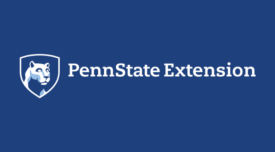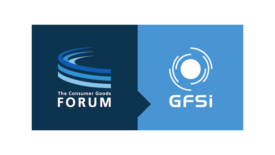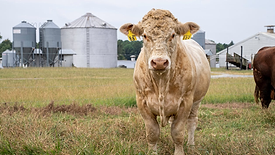Articles by Food Safety Magazine Editorial Team
BIZTRACKS
GFSI Responds to Stakeholder Feedback on Benchmarking Requirements v2024
December 9, 2024
Never miss the latest news and trends driving the food safety industry
eNewsletter | Website | eMagazine
JOIN TODAY!Copyright ©2024. All Rights Reserved BNP Media.
Design, CMS, Hosting & Web Development :: ePublishing









